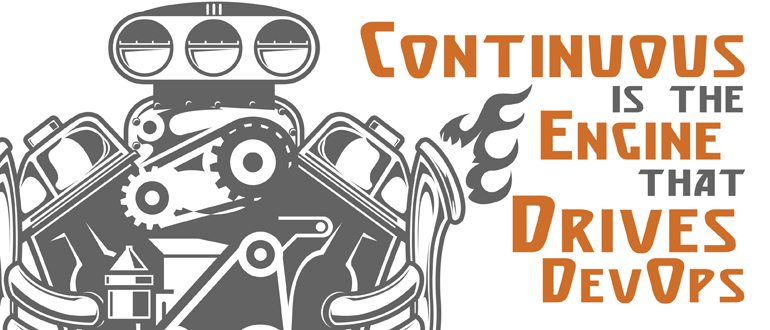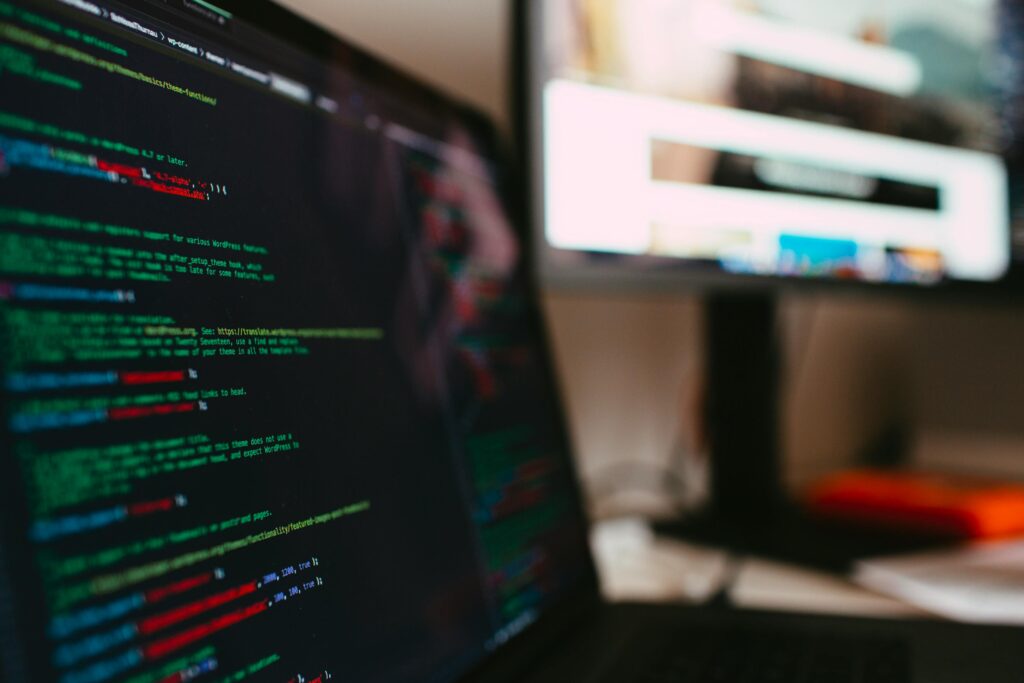If you search online and read a few posts about DevOps you will quickly discover that there is a consensus that DevOps is–first and foremost–a function of the underlying culture. In other words, you can’t have DevOps by employing DevOps tools and practices if you haven’t first adopted the culture shift that is the foundation of DevOps. That is only partially true, though, because the culture of DevOps is all about being continuous, and there are plenty of tools and practices out there to help you with that.
It has been stated time and time (and time and time) again that DevOps is primarily a matter of shifting IT culture. The tools and practices that comprise DevOps play a secondary role. But that is only partially true: In reality, the culture shift revolves around continuity, and the applications and tools that fuel continuous delivery drive the DevOps engine.
I alluded to this point in a post in early 2015. I stated, “Everything is continuous. Continuous development and continuous testing lead to continuous deployment and continuous delivery, which requires continuous support. Continuous monitoring produces continuous integration and continuous change. Continuous security results in continuous incident response … or vice versa. To top it off, all of the continuous activities continuously feed each other to drive more continuousness in some sort of DevOps Mobius strip of continuity.”
That post last year was a bit tongue in cheek. I have since refined my position, however, and come to the conclusion that the hint of sarcasm was perhaps unwarranted. That continuous continuousness is the crux of the culture shift. It is the thing that separates DevOps from non-DevOps.
On the Continuous Journey
Speaking on the topic of continuous security, Andrew Storms, vice president of Security Services at New Context, explains, “Smaller incremental changes are always easier to handle than a large behemoth of a release that can include hundreds of changes. Try finding the single change in a monthly release that resulted in an unexpected security hole in your database configuration vs the release with only two changes that was just developed and released in the last few hours. Security practitioners cannot continue to rely on manual, human-controlled processes to defend against attacks. Automation is a requirement for the next evolutionary phase of security protection.”
That sentiment extends beyond security to all of IT. When we talk about the culture shift in IT required for DevOps, we are generally talking about breaking down silos and removing the barriers between different teams. The goal of the culture shift is to shed tedious bureaucracy and red tape and empower employees to freely collaborate and cooperate to get things done. In other words, we want to eliminate barriers and roadblocks so productivity can be more continuous.
Read the complete story on DevOps.com: Continuous is the Engine that Drives DevOps.
- Cybersecurity’s Unsung First Responders Step Into the Spotlight - October 16, 2025
- How AI and Integration Are Transforming Software Security - October 13, 2025
- Fighting Machines with Machines: How AI Is Redefining the SOC - October 6, 2025




Comments are closed.